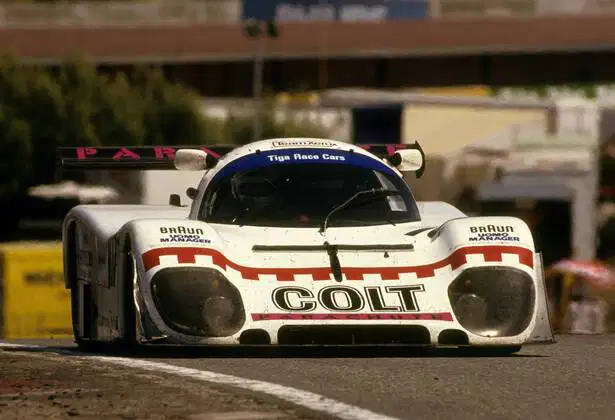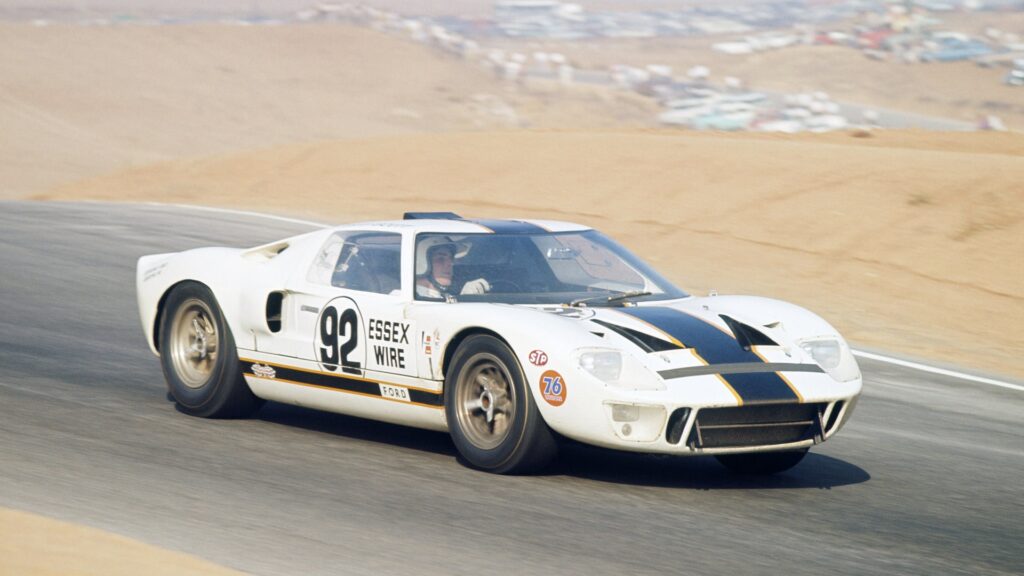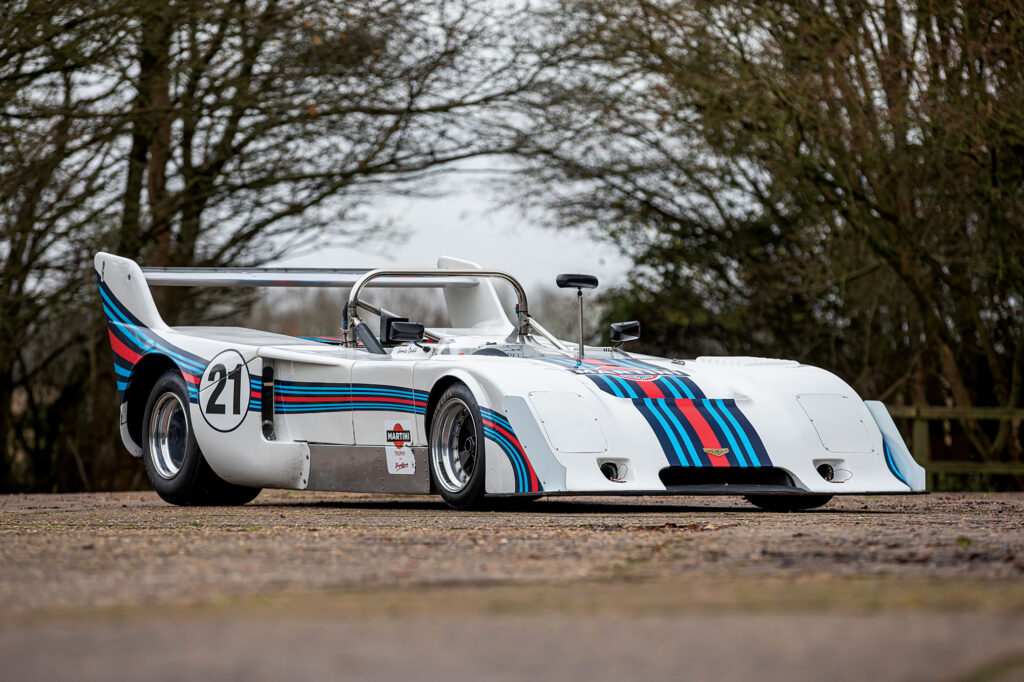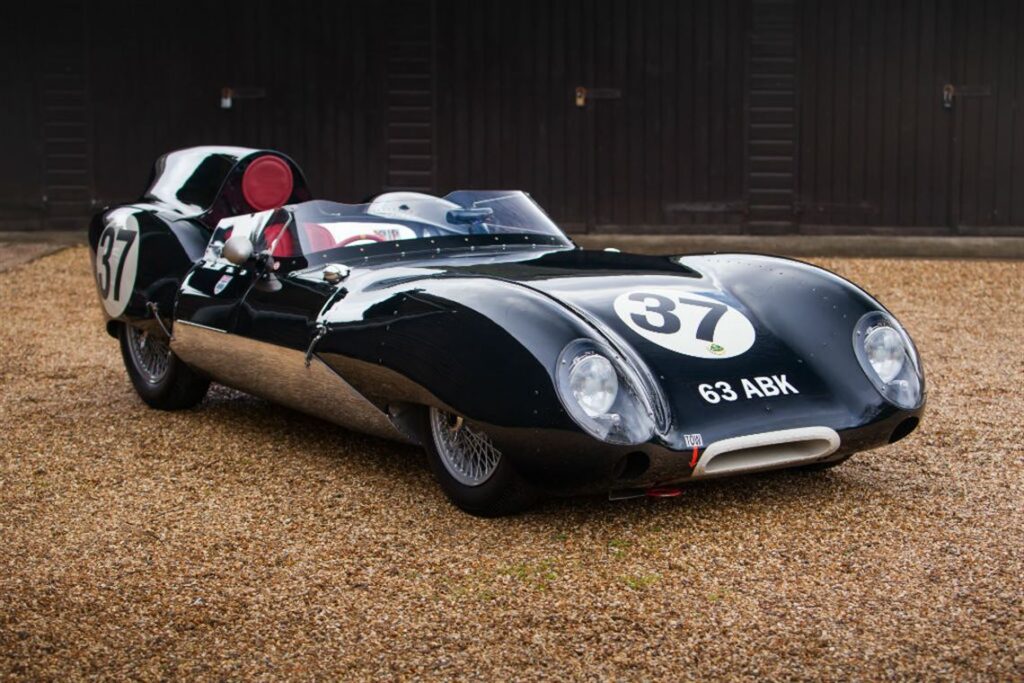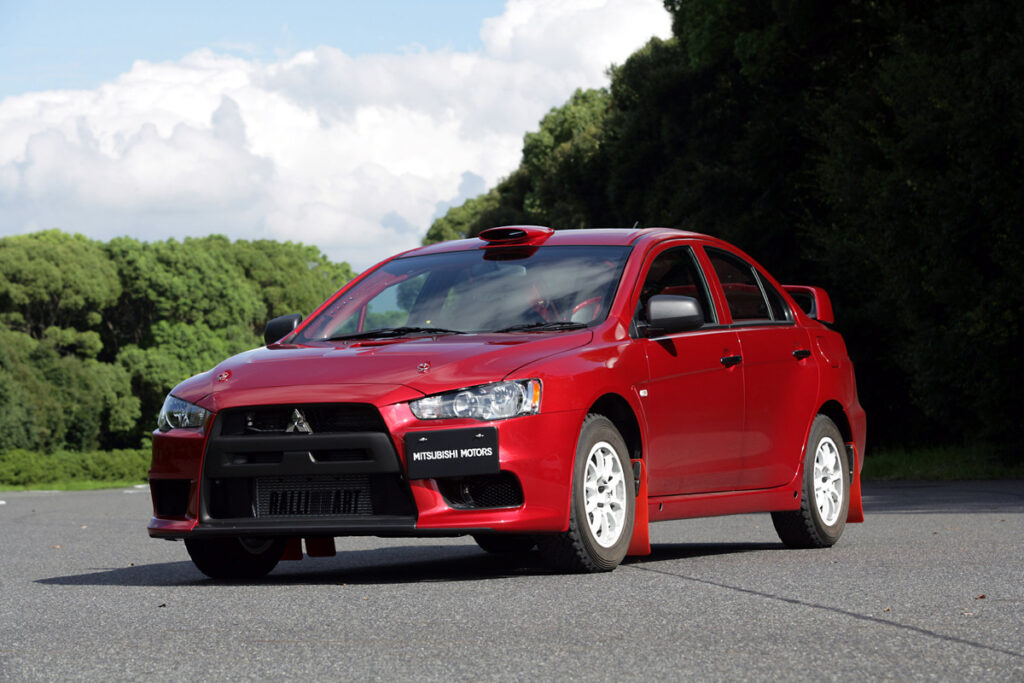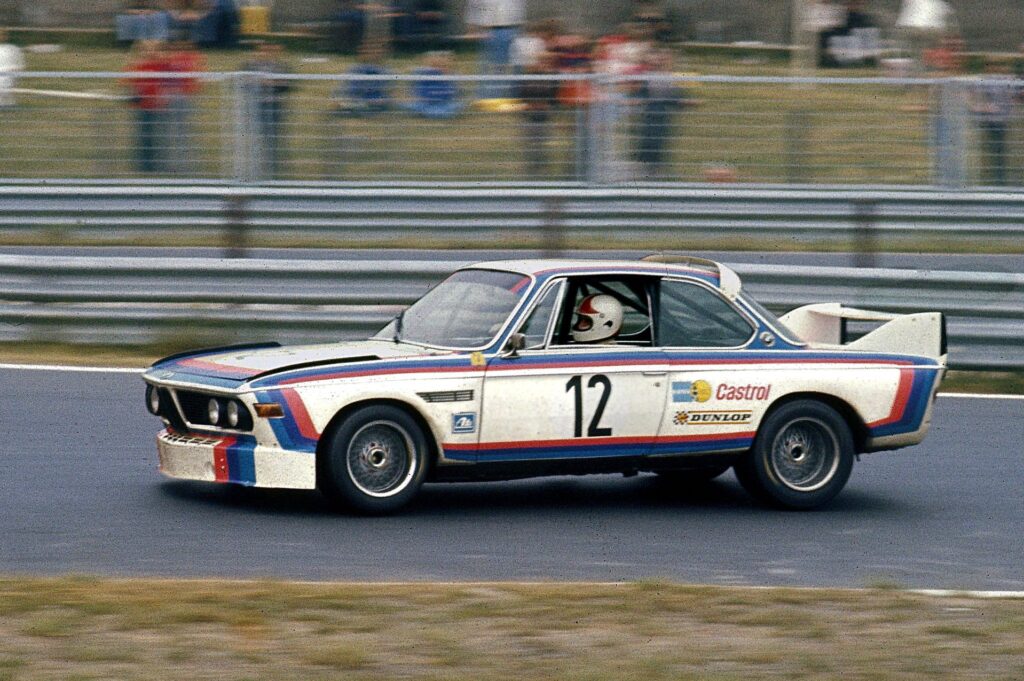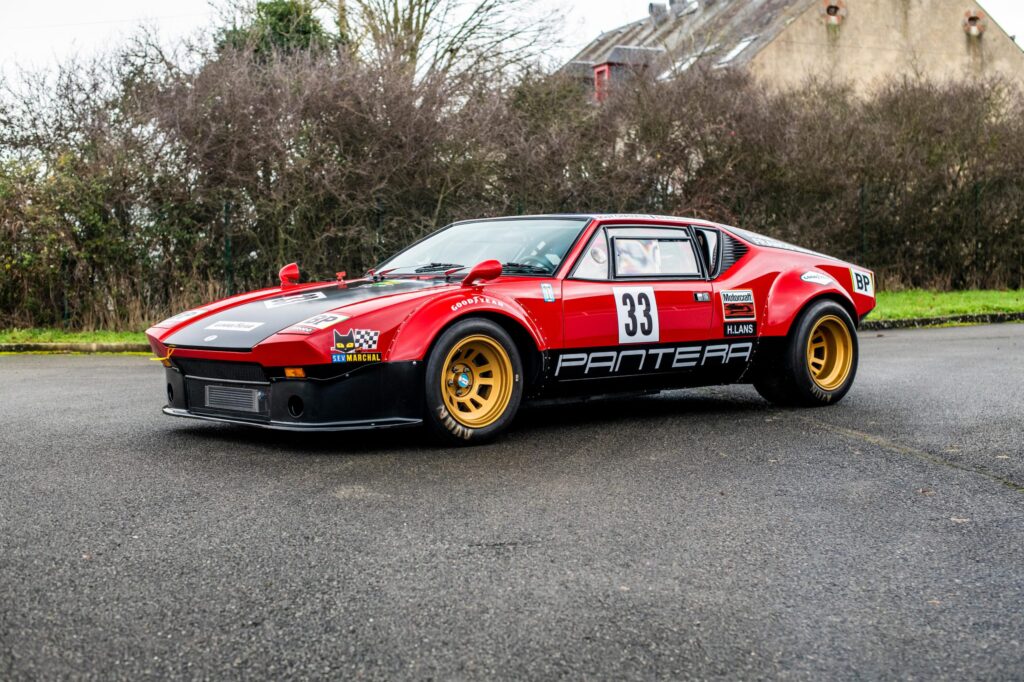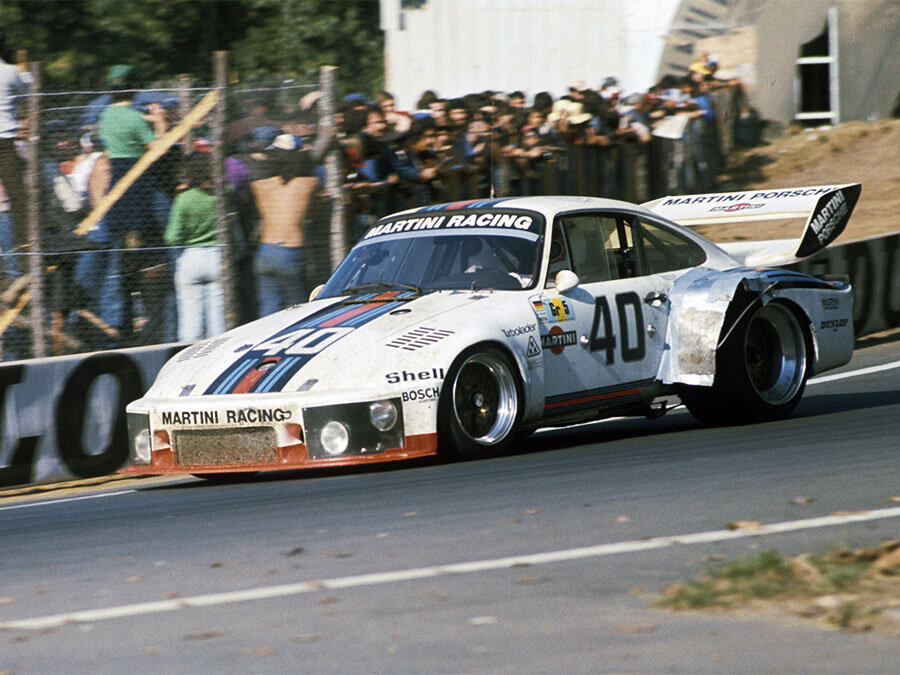1998 Porsche 911 GT3 Cup

1998 Porsche 911 GT3 Cup
Brand
Porsche
Year
1998
Country
Germany
Generation
Porsche 911 IV (996)

1998 Porsche 911 GT3 Cup
Brand
Porsche
Year
1998
Country
Germany
Generation
Porsche 911 IV (996)
About this car
Discover the history
The 1998 Porsche 911 GT3 Cup, based on the new 996-generation 911, was a turning point in Porsche’s motorsport lineup and became one of the most successful and widely used GT racing cars globally. This model marked a departure from the air-cooled engines of previous 911 models, adopting a water-cooled 3.6-liter flat-six engine. Tuned to produce around 370 horsepower, the GT3 Cup featured a six-speed manual transmission and was built with a focus on track performance, incorporating ABS and upgraded suspension systems. Its chassis was reinforced with a lightweight aluminum-steel composite, and the design included a welded-in roll cage and advanced driver safety features like a custom racing seat and a roof rescue hatch that adhered to FIA safety standards. The GT3 Cup’s aerodynamic elements, including a sizable rear wing and vented front intakes, improved its downforce and cooling, essential for endurance races where cooling efficiency directly impacts engine performance and durability.
Porsche assembled the GT3 Cup on the same Stuttgart-Zuffenhausen production line as its road-going siblings, then completed final tuning at the Weissach Motorsport Centre. With the success of the 993-based Carrera Cup, the GT3 Cup was crafted as a purpose-built racer suited for Porsche’s one-make series and broader GT racing. Weighing around 1,200 kg, its low weight and powerful braking system, coupled with track-specific Michelin tires, made it highly competitive. Porsche’s refinement in the car’s aerodynamics and handling allowed it to handle even the most demanding tracks with precision, and it soon gained a reputation for consistent lap times and reliability, critical for endurance events. The GT3 Cup was also an affordable entry point into competitive racing, opening up Porsche racing to a wider audience while still maintaining rigorous quality and performance standards. Its design prioritized robustness, with features like a sequential dog-type transmission with a pneumatic gear-shift system to ensure speed and reliability.




The GT3 Cup quickly found success in Porsche’s Carrera Cup series and other GT championships worldwide. As Porsche continued to develop the car, its versatility became apparent: it could compete in endurance and sprint formats alike, fitting seamlessly into a range of race series across continents. The GT3 Cup dominated circuits in North America, Europe, and Asia, fueling Porsche’s motorsport presence globally and proving itself in competitive settings. Today, the 1998 GT3 Cup is celebrated for initiating what would become one of Porsche’s longest-lasting and most influential racing legacies, with later generations of the GT3 Cup series setting standards in GT racing to this day. This model’s success and durability contributed to Porsche’s dominance in GT racing, demonstrating its engineering prowess and establishing the GT3 Cup as a favorite among racers and collectors alike.
Overall, the 1998 911 GT3 Cup cemented Porsche’s place as a powerhouse in GT racing, blending advanced engineering with race-ready features and setting a high benchmark for future 911 racing models. Its significance to Porsche’s racing heritage remains profound, and its impact on both professional motorsports and club racing culture endures, solidifying its legacy as one of the most iconic race cars in Porsche history.




